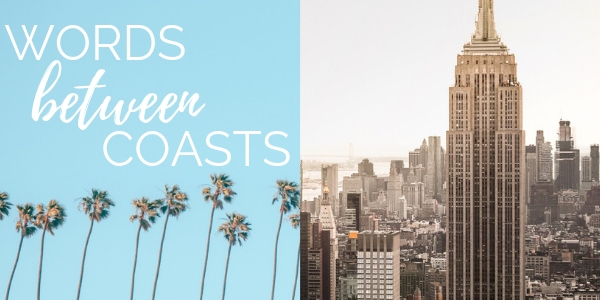The story of the Ouija board is one that traces back to Europe, when a new religion called Spiritualism was born. It soon spread to America, where it became a huge phenomenon. Spiritualism is a religion based on the belief that the living can contact the dead through the use of mediums and spiritual devices.
The Fox sisters in upstate New York were the first to bring this religion to prominence in the US. They became celebrities, and Spiritualism started to spread throughout the country. It became very popular because it did not clash with Christianity, and it was during the Civil War. People were losing family members in battle, but the bodies often could not be identified, so they would hold seances to try and contact their loved ones to see if they had been killed. It is even reported that Mary Todd Lincoln conducted seances in the White House after her 10-year-old son died.
Soon, contacting the dead was not just a fad, but it became ordinary; commonplace.
In 1883, a man by the name of H.L. Williams founded the town of Summerland. It is located on the beautiful coast of Southern California in Santa Barbara County. Williams brought together a community of Spiritualists, who lived in the Big Yellow House, right on the side of the 101 freeway (if you’ve ever made the drive from LA to Santa Barbara, you’ve seen it.) Here, the mediums started experimenting with ways to make it easier to communicate with spirits.
They experienced a fair amount of trial and error to invent a device that actually worked. They invented something called “table turning”, which was meant to respond to letters of the alphabet being called out; if it was the correct letter, the table would move or knock on the floor. This device was too slow, so they ended up retiring it. They also tried using a planchette, which is a heart-shaped plank of wood with wheels on one side and a pencil at the point. Spiritualists would place their hands on the planchette, and spirits would guide the pencil to write. This method was difficult because the words that the spirits wrote were hard to decipher.
Many of the mediums stopped using these devices altogether, preferring to connect to the great beyond on their own without any material help. Others invented increasingly more complicated devices that ended up getting scrapped. It wasn’t until a board with letters and a small planchette as a pointer was produced; an early model of what we now know as the Ouija board.
The Fledgling Associated Press in 1886 reported a new “talking board.” It was from one of the Spiritualist communities in Ohio; a board with a small planchette and printed letters, numbers, yes, no, good morning, and good evening. However, the board did not yet have a name.
Surprisingly, Ouija does not come from the popularly believed “oui” from the French “yes” and “ja” from the German “yes” pushed together.
One of Spiritualism’s strongest mediums, Helen Peters, was sitting around the board with a group of other Spiritualists. She asked the board what to call it. The board responded by spelling out the word “Ouija”. She asked it what “Ouija” means, and the board responded with “good luck,” with which some might disagree. This location has since been turned into a 7-11.
The board has turned into a novelty item and the patent has brought riches to its holders. It is mass produced and sold in stores all over the globe. Although it’s considered a toy, people still are contacting spirits through it.
Be careful; you might end up communicating with an evil entity, and you don’t want one of those following you around.
Helen Peters had even denounced the Ouija board. Some Civil War heirlooms went missing and she asked the board who took them. The board said that some of her family members had performed the theft. Half of her family believed it, and the other half did not, including her. This ended up tearing her family apart, and she warned about the board until her dying day.
Not long after that, the board’s brilliant marketer, William Fuld, became greedy and cut his brother out of the business. The two brothers never spoke again. That year ended up being a very profitable year for the Ouija board; in fact, the board itself informed him that he should “prepare for big business.” He opened a big three-story factory in Baltimore (well, big for 1919.) He went up to the roof of that building, grasping an iron pole for support, when all of a sudden the pole gave way and he ended up falling backward onto the street below. He broke several ribs, but was expected to survive. However, on the ambulance ride to the hotel, they hit a bump in the road causing one of his broken ribs to puncture his heart, and he died.
What do we learn from these occurrences? Always respect your Ouija board, respect the deceased, and maybe don’t mess around with entities that are out of your realm.

My name is Andrea and I live in Los Angeles, California. By day, I am an actor and by night I am working towards a degree in nutritional science.






